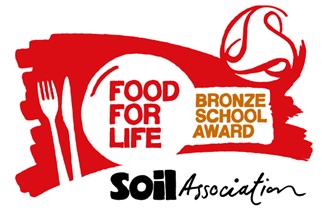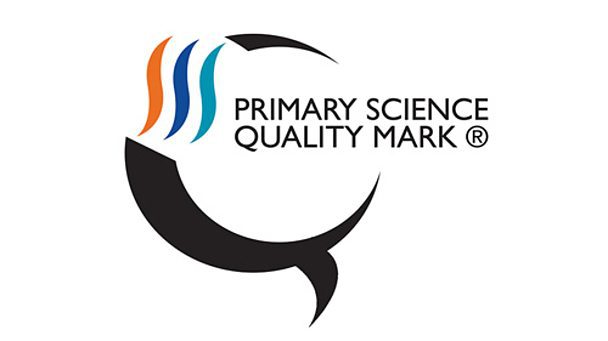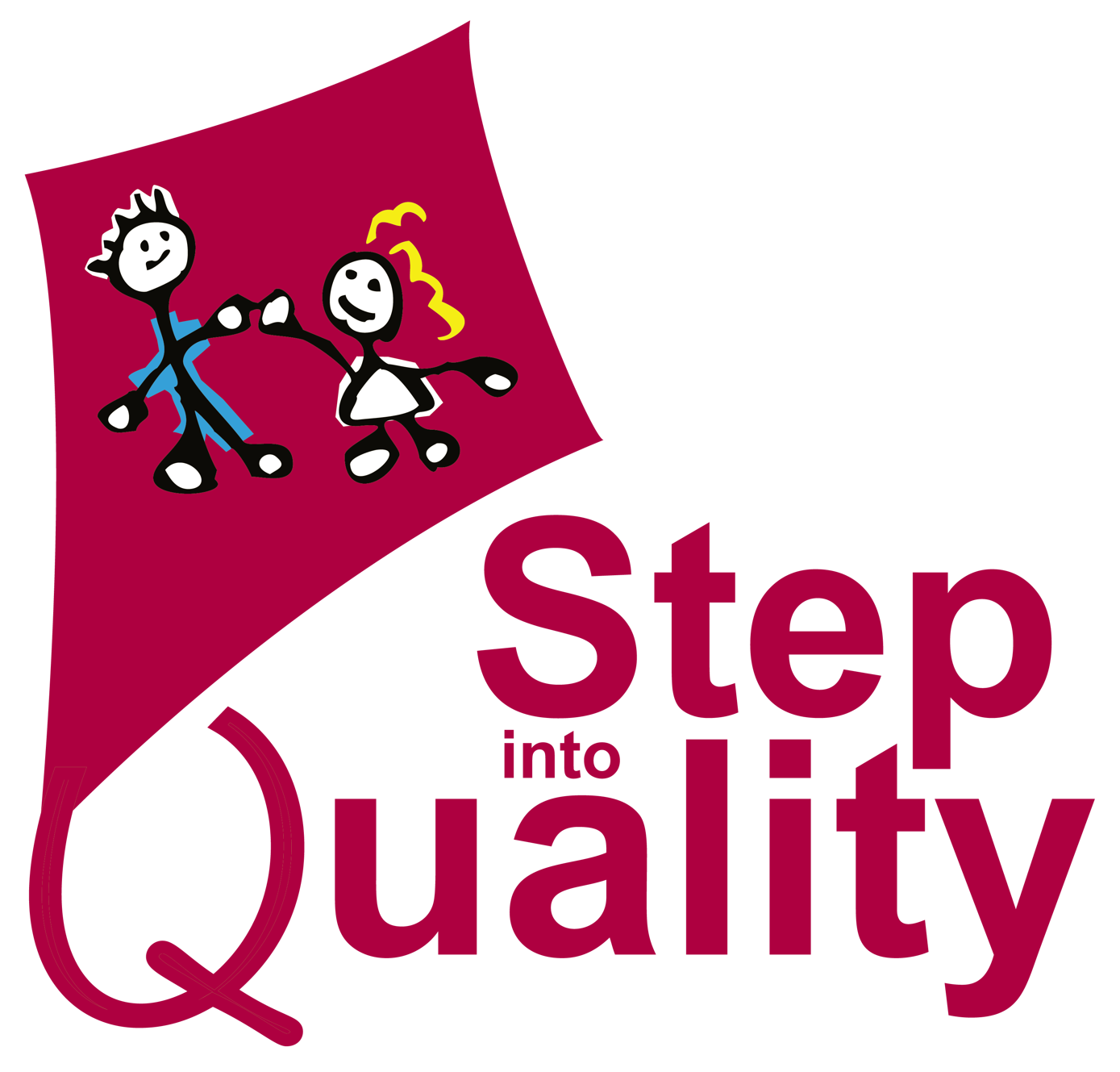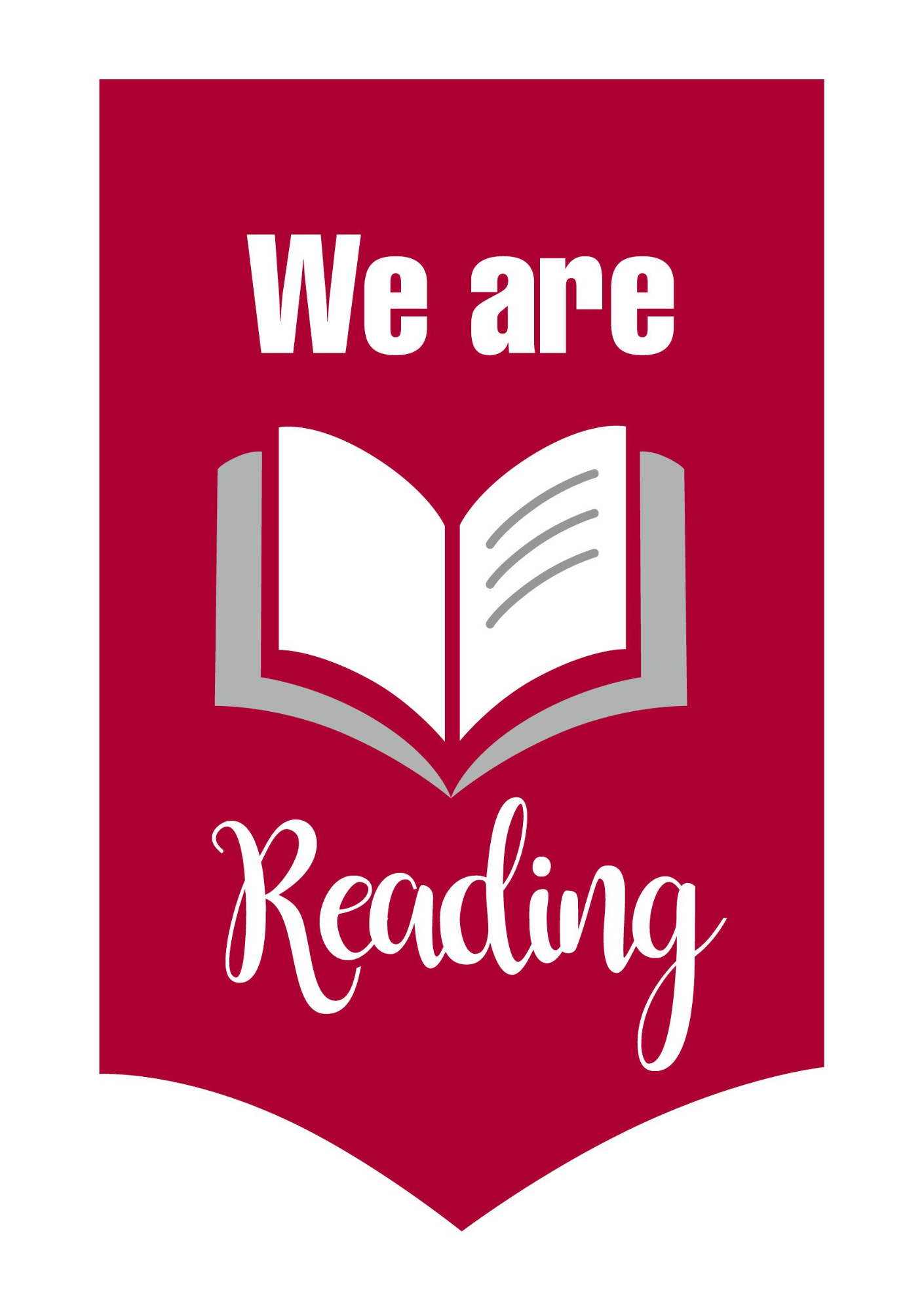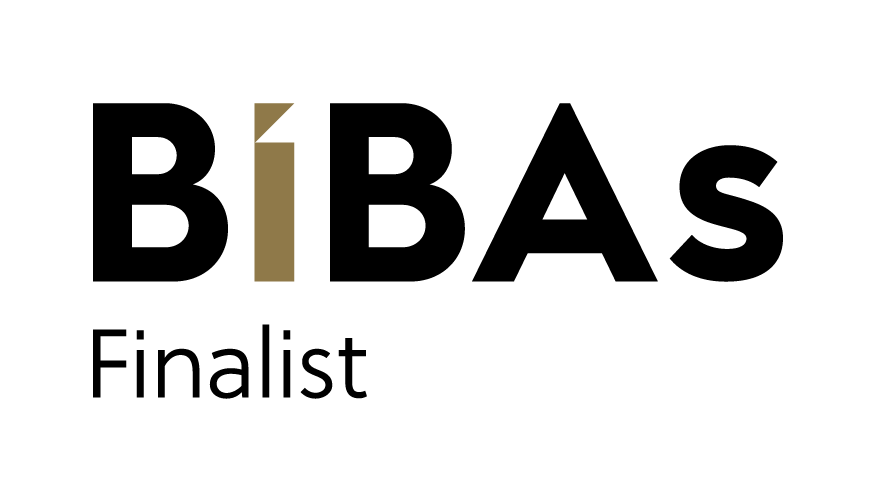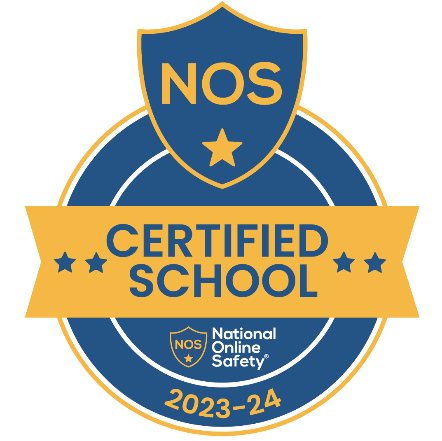Dream, Inspire, Achieve
Home Learning Phonics
ELS Phonics Information
At Ingol Community Primary School we teach children phonics using the Essential Letters and Sounds (ELS) synthetic phonics programme.
What is Synthetic Phonics?
Synthetic phonics is a way of teaching children to read. It teaches children how sounds are represented by written letters. Children are taught to read words by blending these sounds together to make words.
For example, they will be taught that the letters ‘m-a-t’ blend together to make ‘mat’. A synthetic phonics programme, such as ELS, is a structure for teaching these sounds in a certain order to build up children’s learning gradually. It is used daily during Reception and Year 1 to teach all the sounds in the English language.
How is ELS taught in schools?
With ELS, there is a daily phonics lesson where the teacher teaches a new sound, or reviews sounds learned earlier in the week. This is shown to the class on the whiteboard.
Children learn the letters that represent the sounds. They are then asked to read words and sentences with the new sounds in. Children will also practise writing the letters that represent the sounds.
Phonics: How to pronounce pure sounds | Oxford Owl
Learn how to pronounce all 44 phonics sounds, or phonemes, used in the English language.
New sounds are taught each day, with some review days and weeks to help children practise what they’ve learned. Click below to reveal the sounds your child will learn in ELS.
How can I help at home?
Practising the sounds
- You can help your child practise the sounds they have been learning at school. Download the charts linked above (under What order are the sounds taught in?) so you can see the list of sounds in the order they’ll be taught. You can show these to your child along with the picture to help them remember.
Blending
- After children learn to read some sounds separately, they can start blending them together to form simple words. Take a look at the video below for ideas on how you can practise word blending with your child.
Reading decodable books
- Your child will bring home reading books with words that use the sounds they have been learning that week. You may hear these reading books called ‘decodable books’. Use the prompts inside the front and back covers to enjoy the book together and help your child practise reading.
How to blend sounds to read words
Contact Us
39 Whitby Avenue,
Ingol, Preston,
PR2 3YP

